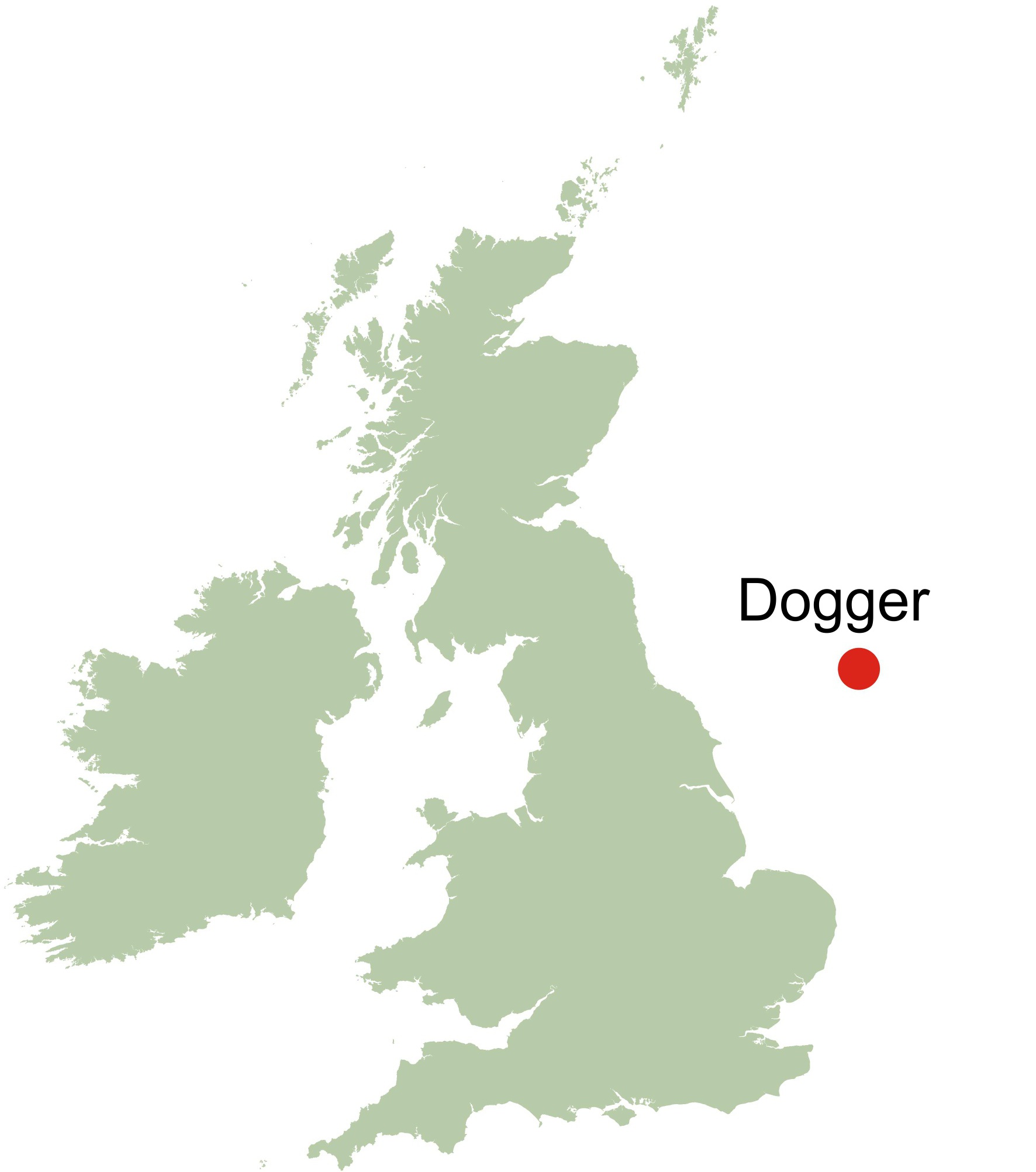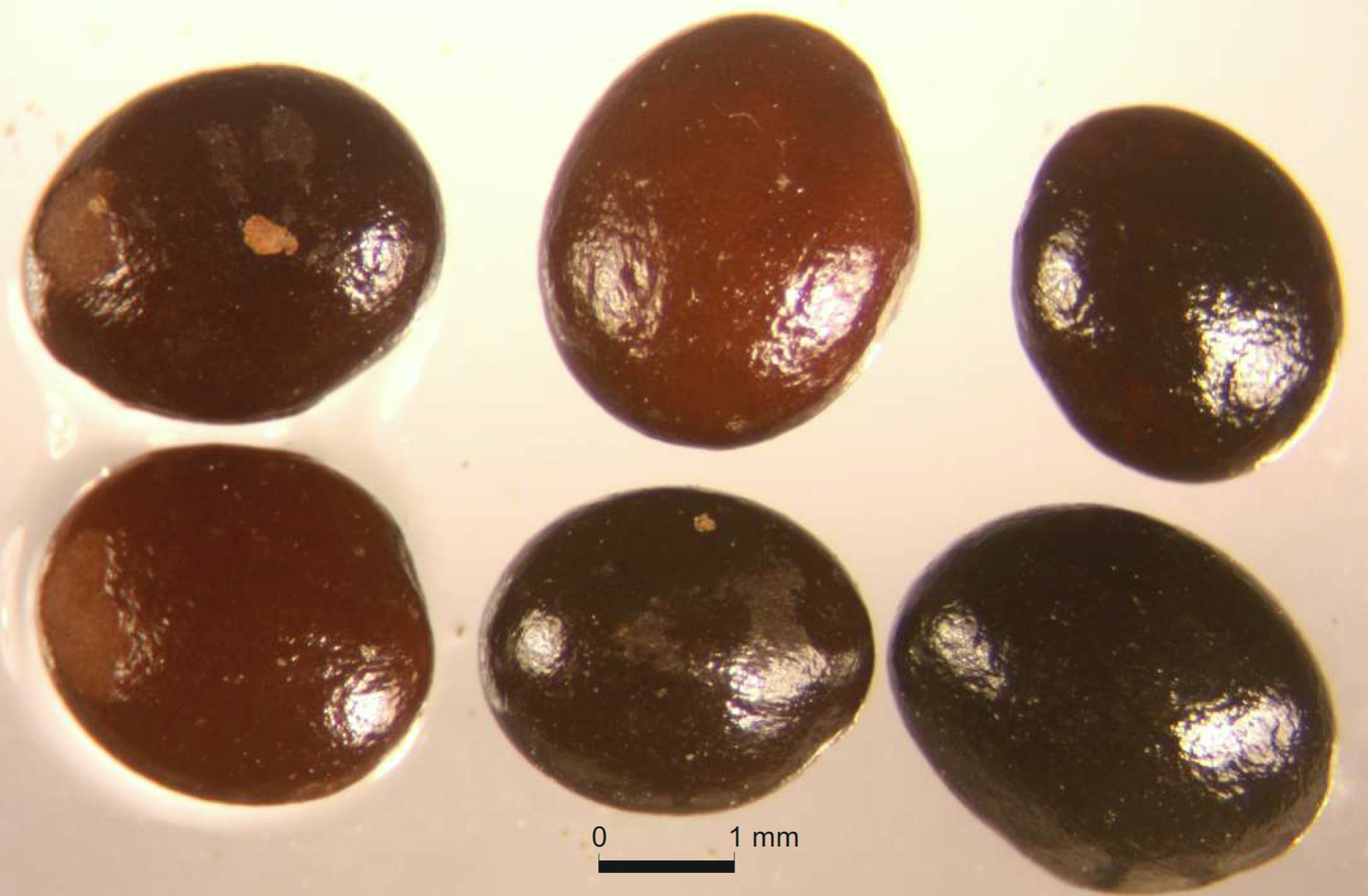A research report on ancient offshore peat deposits recovered from the Dogger Bank written by Wessex Archaeology has been published on The Crown Estate website. The peat was recovered during benthic ecological surveys on the site of the proposed Dogger Bank Offshore Wind farm and reported through the Offshore Renewables Protocol for Archaeological Discoveries (ORPAD) project, funded by The Crown Estate and administered by Wessex Archaeology.

So far 174 peat samples from a large area c. 100 to 300km off the Yorkshire Coast have been recovered and the plant remains including seeds identified within them are indicative of a range of Early Holocene environments including Sphagnum moss bogs, wooded fens, Phragmites reed and sedge marshlands and freshwater and coastal aquatic habitats.

The sea area Dogger and the Dogger Bank take their name from a type of two masted Dutch fishing boat known as a ‘dogge’. Peat, known by fishermen as “moorlog”, has been recovered in trawling nets in the area since the 19th century. The geologist Clement Reid first described the ‘moorlog’ in detail in his book Submerged Forests published in 1913. It is in honour of his early work that the archaeologist Bryony Coles coined the term ‘Doggerland’ to refer to the land now submerged by the North Sea.